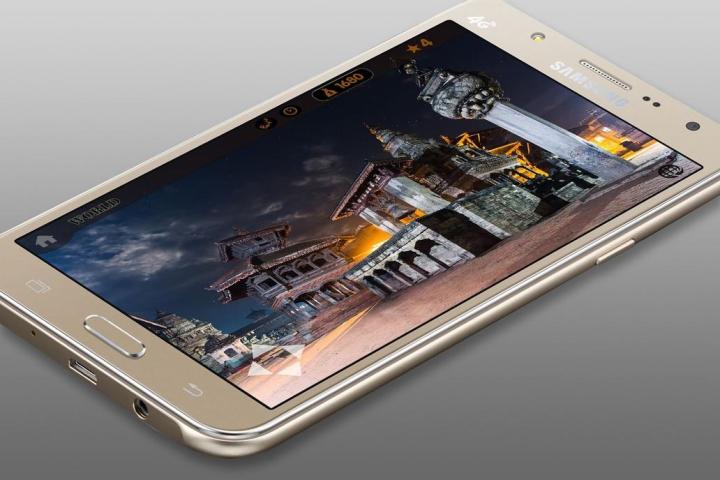
The new phone will be a more premium variant of the already-announced Galaxy J7, and while nothing is official just yet, the phone has popped up in a number of leaks and sightings, suggesting that we’ll be seeing quite an improvement over last year’s Galaxy J7.
Most recently, the J7 Prime was spotted in a TENAA certification log, suggesting that the phone is inches away from being officially released. Not only that, but a report from Vietnamese publication TechRum suggests that the phone will come with a 5.5-inch full-HD display, as well either an Exynos 7870 or Snapdragon 615 octa-core processor, which we assume depends on the region you’re in.
Reports indicate that it will come with 3GB of RAM, 32GB of internal storage, and including support for a microSD card, in case you want to bring that storage up a little. The rear-facing camera will supposedly be 13MP with an f/1.9 aperture, and the front-facing camera will have an 8MP sensor with an f/1.9 aperture and an LED flash. There will be a fingerprint sensor in the device’s home button, and it will ship with Android 6.
The design is also pretty interesting, offering a look similar to that of the Galaxy S5, as you can see by the images obtained by TechRum.
All in all, the phone will offer a significant upgrade to last year’s Galaxy J7, improving in almost all metrics except for the rear-facing camera and the processor. Of course, as is always the case with reports of this nature, nothing is official just yet, however it’s likely we’ll hear more about this phone in the next few weeks, especially if the TENAA certification is anything to go by.
There’s no information about pricing or availability for the phone just yet, but we’ll update you with new information as we hear it.
Editors' Recommendations
- A new version of the Samsung Galaxy S24 could be coming soon
- Is the Samsung Galaxy S23 still worth it 10 months later?
- Does the Samsung Galaxy Z Flip 5 have a headphone jack?
- Samsung Galaxy Z Flip 5 price: here’s exactly how much it costs
- I did a Pixel 7a camera test — and it’s bad news for Samsung






